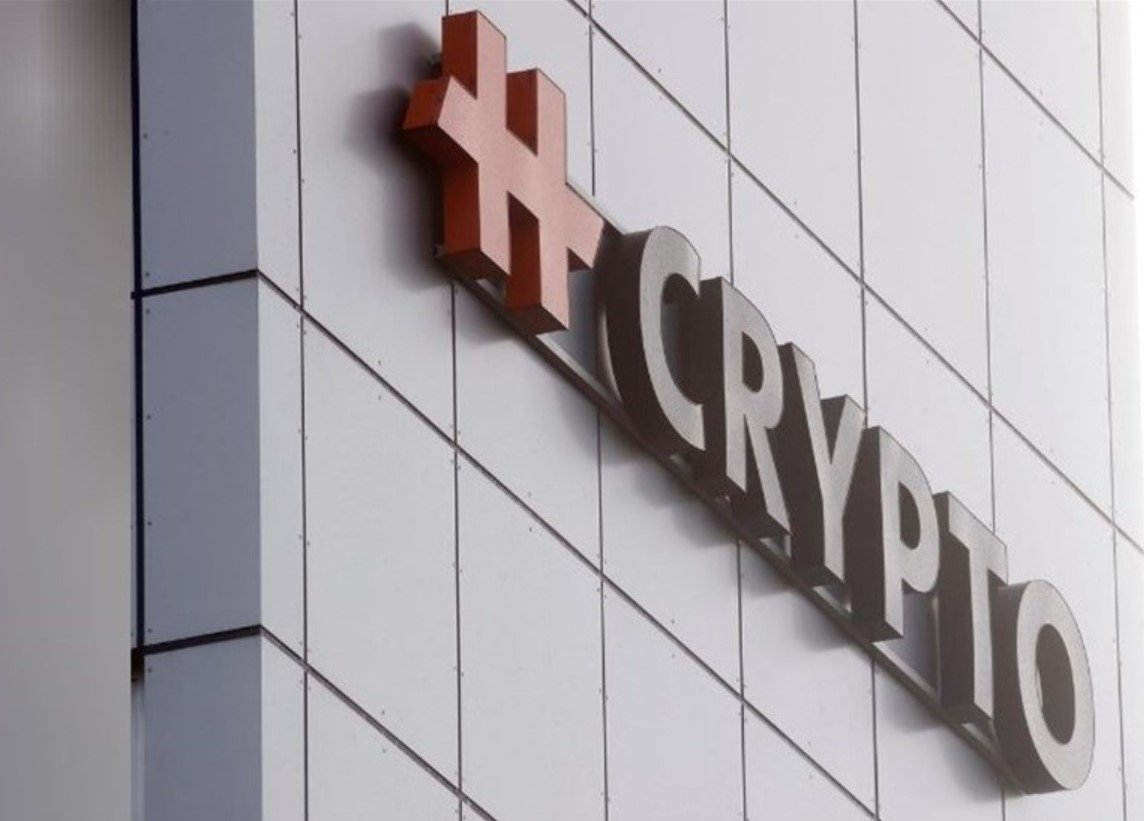In a shocking turn of events, WazirX, one of India’s leading cryptocurrency exchanges, experienced a massive cyber attack on July 18, 2024. The heist resulted in the theft of digital assets worth over $230 million. The investigation has revealed that the breach likely originated from Liminal, the digital asset custody and wallet infrastructure provider for WazirX. Both companies have been pointing fingers at each other, with WazirX suggesting vulnerabilities in Liminal’s security protocols, while Liminal maintains that their platform remains secure.
The Cyber Attack Unfolds
The cyber attack on WazirX has sent shockwaves through the cryptocurrency community. On July 18, 2024, hackers targeted one of WazirX’s multisig wallets, which was managed using Liminal’s infrastructure. The attackers managed to exploit vulnerabilities, resulting in the theft of digital assets exceeding $230 million. This incident has raised serious concerns about the security measures in place for digital asset custody.

WazirX’s preliminary investigation found no evidence of compromise within their own infrastructure. Instead, they pointed to Liminal’s multi-party computation (MPC) wallet as the potential source of the breach. The investigation revealed that the hack’s transactions were processed through Liminal’s infrastructure, utilizing both WazirX and Liminal signatures. This suggests a possible vulnerability in Liminal’s security protocols.
Liminal, on the other hand, has denied any breach of their platform. They claim that their server infrastructure remains secure and that the hack was due to compromised devices on WazirX’s end. This conflicting narrative has added to the complexity of the investigation, with both parties working to uncover the true source of the breach.
Investigative Findings and Conflicting Reports
As the investigation progresses, both WazirX and Liminal have released conflicting reports. WazirX’s team has been meticulously searching for signs of compromise within their system. Despite thorough forensic analysis, they have been unable to find any evidence that their signers’ machines were infiltrated. This has led them to believe that the breach originated from Liminal’s infrastructure.
Liminal, however, has maintained that their platform was not compromised. They argue that the hack was a result of sophisticated tactics employed by the attackers to obtain necessary signatures for fraudulent transactions. According to Liminal, their MPC wallet, which was supposed to prevent any withdrawals to non-whitelisted addresses, failed to do so due to manipulated information displayed on their interface.
The conflicting reports have made it challenging to pinpoint the exact source of the breach. Both companies are continuing their investigations and are working closely with law enforcement agencies to bring the perpetrators to justice. The cryptocurrency community is eagerly awaiting the final findings of the investigation to understand the full extent of the vulnerabilities exploited in this heist.
The Road to Recovery and Future Implications
In the aftermath of the cyber attack, WazirX and Liminal are taking steps to recover from the incident and prevent future breaches. WazirX has launched a customer poll to gather feedback on asset management preferences and is actively working towards reopening their platform. They are also engaging with potential partners to find solutions that will benefit their customers and aid in the recovery process.
Liminal, on the other hand, is focusing on reinforcing their security measures and maintaining transparency with their clients. They have assured their customers that their platform remains secure and fully operational. Both companies are also exploring options to recover the stolen assets and mitigate the impact of the cyber attack.
This incident has highlighted the critical importance of robust security measures in the cryptocurrency industry. It serves as a wake-up call for other exchanges and digital asset custodians to reassess their security protocols and ensure that they are adequately protected against sophisticated cyber threats. The outcome of this investigation will likely have far-reaching implications for the future of digital asset security.




































